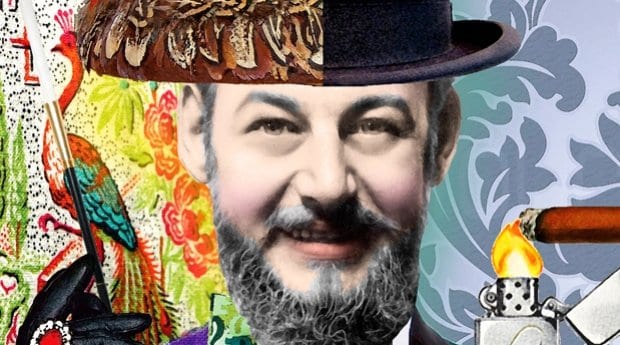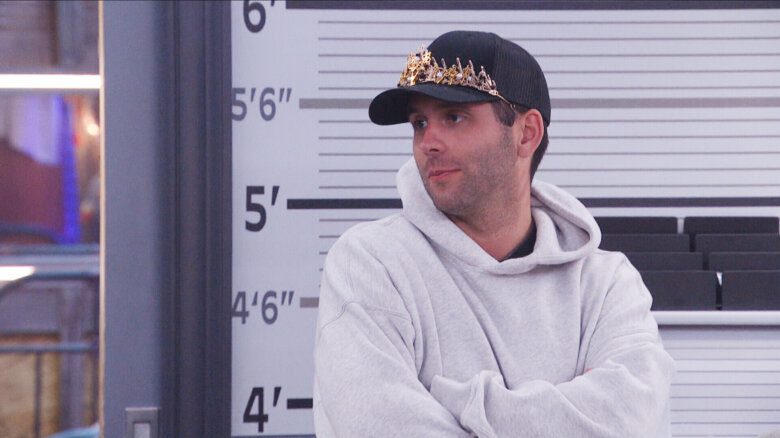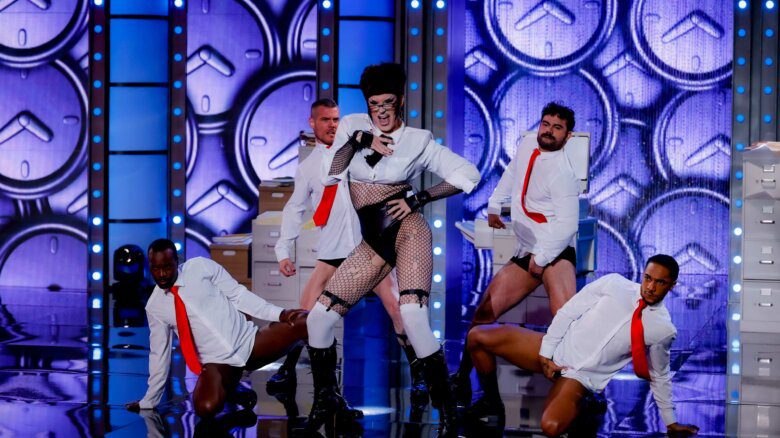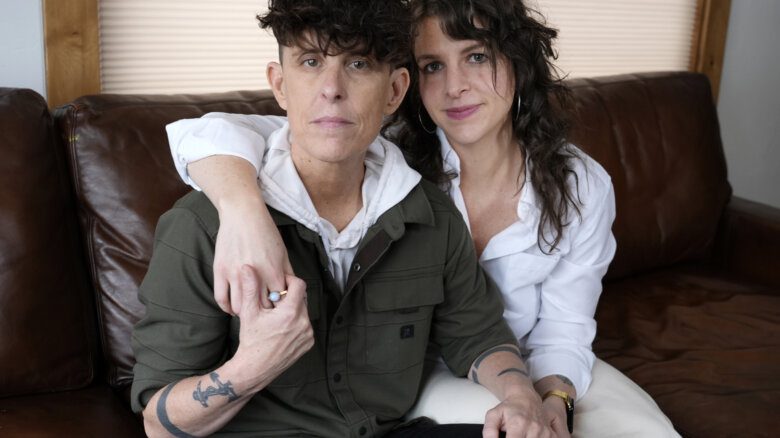From an early age, Edward Everett “Pat” Tanner III (1921–1976) enjoyed upsetting people’s sensibilities. Each morning, he’d sit in front of the window and make a show of flipping casually through the pages of Ballyhoo, a 1920s Playboy-style magazine, so that his classmates would see as they passed by on their way to Dewey Elementary School, in the Chicago suburb of Evanston.
Tanner eventually authored 16 novels, including the best-selling Auntie Mame, which he wrote under the name Patrick Dennis. Published in 1955, it’s a comic novel in the style of Evelyn Waugh. It was made into a play, film, stage musical and film musical — all within his lifetime — but people are probably most familiar with the 1958 film version starring Rosalind Russell.
Like a literary version of reading a dirty magazine in a window, the novel is all about challenging the status quo. Those of you who didn’t watch the film as a gay rite of passage may require a primer of the tale: when the young Patrick Dennis (a character in the novel as well as Pat’s nom de plume) is orphaned, he comes into the care of his Aunt Mame, an eccentric New Yorker whose motto is “Life is a banquet, and most poor suckers are starving to death.” She wants to give him as liberal an upbringing as possible. Unfortunately, Patrick has a trustee, Mr Babcock, who wants him raised conservatively. When Babcock and Mame clash, the comic outcome is delicious.
It’s often thought that Patrick-the-character’s upbringing is based on that of Pat-the-author, but this isn’t so. Pat had a conventional upper-middle-class upbringing. However, Pat was always a bit like Mame — eloquent, theatrical, whimsical, worldly, living in a kind of fantasy world — much to the chagrin of his father, a champion swimmer who often called him a pansy (Pat was bisexual but probably didn’t know it yet).
I’d guess that Pat’s father’s attitude helped to foster Pat’s Mame-like qualities and caused them to become more deeply entrenched. Making life a bit more glamorous and fantastical helped Pat cope both with his difficult home life and, eventually, the Second World War.
To avoid being drafted to fight, Pat volunteered as a combat ambulance driver with the American Field Service (AFS) in 1942. To alleviate the boredom of the three-and-a-half-week voyage to Africa, where he initially served, Pat got up to various hijinks, including organizing a talent show. He also, according to a weekly newsletter put together by other volunteers, employed his experience having once trimmed a poodle to start cutting his chums’ hair (with varying degrees of success).
The leader of the AFS volunteers instituted 15 minutes of calisthenics each morning, including running on the spot. On the first morning, Pat started humming loudly and doing high kicks. When his peers followed suit, the leader gave in and on subsequent mornings would resignedly say, “Okay, kids — can-can!”
Pat used his imagination to cope with violence as well as boredom. When he was later assigned to serve in Italy, he faced about as much danger as any soldier and sustained several wounds. He started to pretend he was elsewhere entirely, in a suburban house, and assigned his friends roles in a make-believe suburban family. The fantasy helped him and his friends deal with the horrors around them. And then one day, Pat’s fantasy didn’t end. He wouldn’t come out of it. He had a nervous breakdown and was honourably discharged and sent back to the United States, where he spent a few months in psychiatric care.
He didn’t take long to recover, and in 1945 he moved to New York City, which, after holding its breath during the war, was a magnet for cash and talent. It was there that he became a successful novelist. He created his most famous character, Mame, a woman imbued with many of Pat’s qualities — qualities that had become more pronounced to help him deal with his homophobic father and, to an even greater extent, a devastating war. The whacky, grand lady that so many of us love was to some degree fashioned on the battlefields of the Second World War.
History Boy appears in every issue of Xtra.


 Why you can trust Xtra
Why you can trust Xtra


